MIM-4140 Low Alloy Steel Metal Injection Molding service
MIM-4140 is a remarkable low-alloy steel at the intersection of advanced materials and precision manufacturing. It combines the versatile Metal Injection Molding (MIM) process with the renowned properties of 4140 steel.
This alloy offers exceptional strength, making it ideal for durability applications. Its low-alloy composition enhances toughness, allowing it to withstand heavy loads and high-stress conditions. MIM-4140 also boasts excellent machinability, ensuring that complex, near-net-shape parts can be produced precisely.
From automotive components to industrial machinery and beyond, MIM-4140 low-alloy steel shines as a material of choice for intricate parts, demanding a unique blend of strength, toughness, and precision.
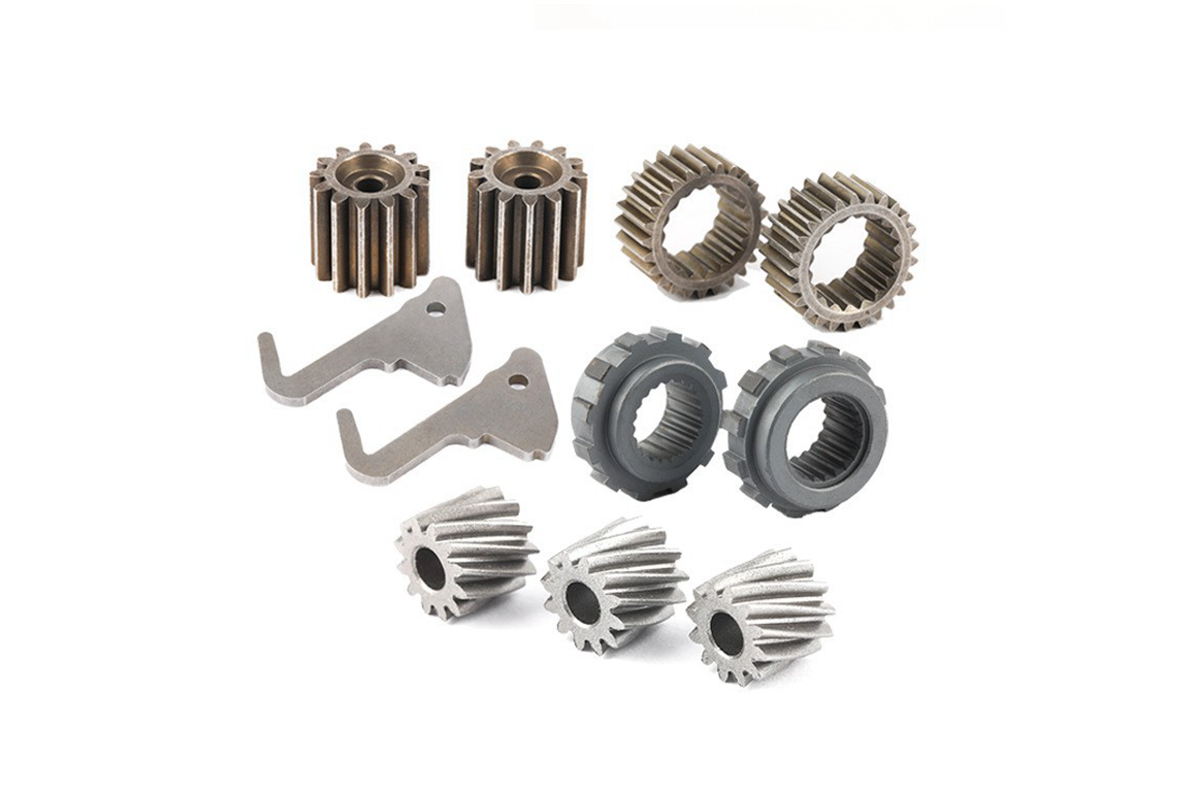
Key Features and Applications of MIM-4140
Key Features | Applications |
|---|---|
Exceptional Strength | Automotive Components |
High Toughness | Industrial Machinery Parts |
Excellent Machinability | Tooling and Tool Components |
Precision Manufacturing | Firearms and Weapon Components |
Versatile Material | Aerospace Components |
Wide Range of Applications | Medical Instruments and Devices |
MIM-4140 Low Alloy Steel Typical Properties
MIM-4140 Chemical Composition
Chemical Composition (Weight %) | Carbon (C) | Manganese (Mn) | Phosphorus (P) | Sulfur (S) | Chromium (Cr) | Molybdenum (Mo) | Iron (Fe) |
|---|---|---|---|---|---|---|---|
Value | 0.38 - 0.43 | 0.75 - 1.00 | 0.035 (max) | 0.040 (max) | 0.80 - 1.10 | 0.15 - 0.25 | Balance |
MIM-4140 Physics and Mechanical Properties
Property | Status | Tensile Strength (MPa) | Yield Strength (MPa) | Impact Strength (J) | Hardness (HRC) | Young's Modulus (GPa) | Poisson's Ratio | Elongation (%) | Density (g/cm³) |
|---|---|---|---|---|---|---|---|---|---|
Value | Annealed | 850 | 680 | 45 | 24.5 | 205 | 0.27 | 12 | 7.85 |
Other Excellent Properties of MIM-4140
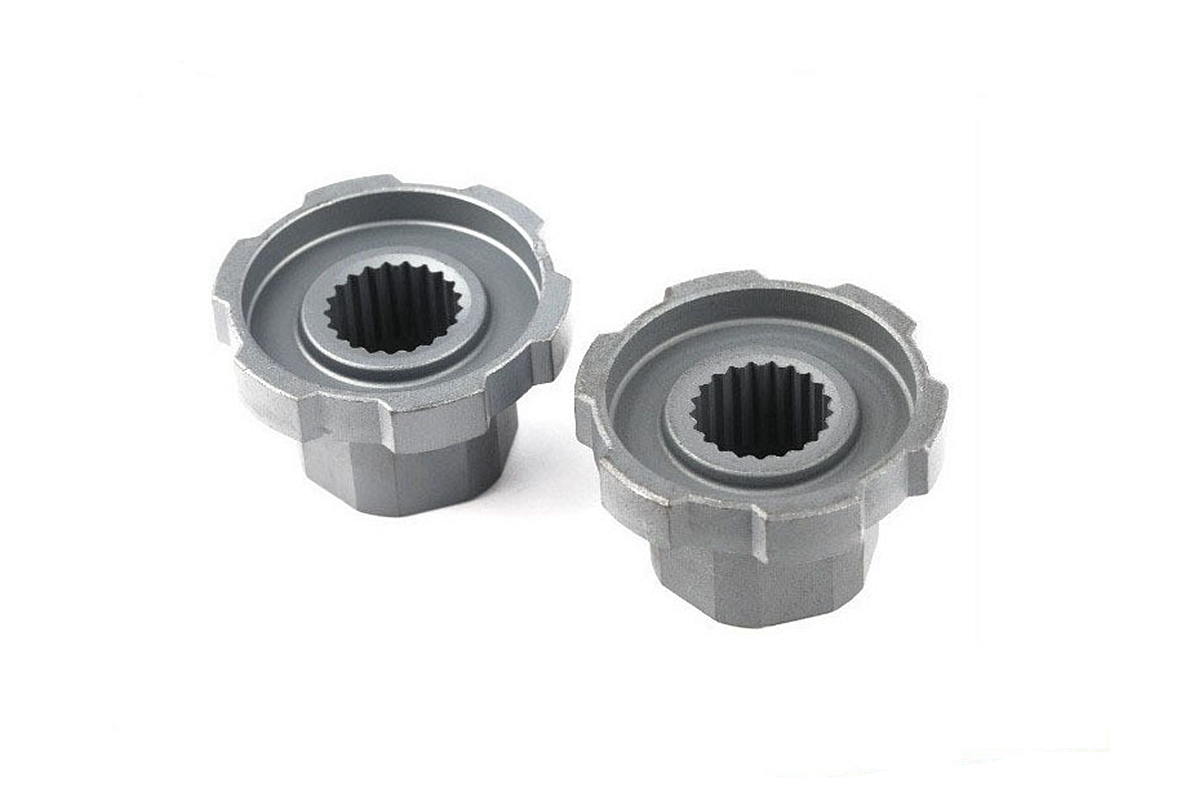
Wear Resistance
MIM-4140 low alloy steel parts exhibit exceptional wear resistance. This remarkable property is attributed to their high hardness, typically exceeding HRC 50, which results from the alloy's composition and heat treatment. The fine microstructure achieved through the metal injection molding (MIM) process enhances the wear resistance further.
MIM-4140 parts find essential applications in industries where wear resistance is paramount. These include manufacturing machinery components like gears, shafts, and bushings that experience continuous movement and contact.
Toughness
MIM-4140 low alloy steel parts exhibit excellent toughness, making them well-suited for demanding applications. Toughness is the ability of a material to absorb energy without fracturing, and MIM-4140 excels in this regard due to its controlled microstructure and alloy composition. Even with its high hardness, it can withstand sudden impacts and dynamic loading conditions without catastrophic failure.
Industries such as automotive and aerospace utilize these parts for safety-critical components, including brackets, connectors, and structural elements that must withstand collisions, vibrations, and other dynamic forces.
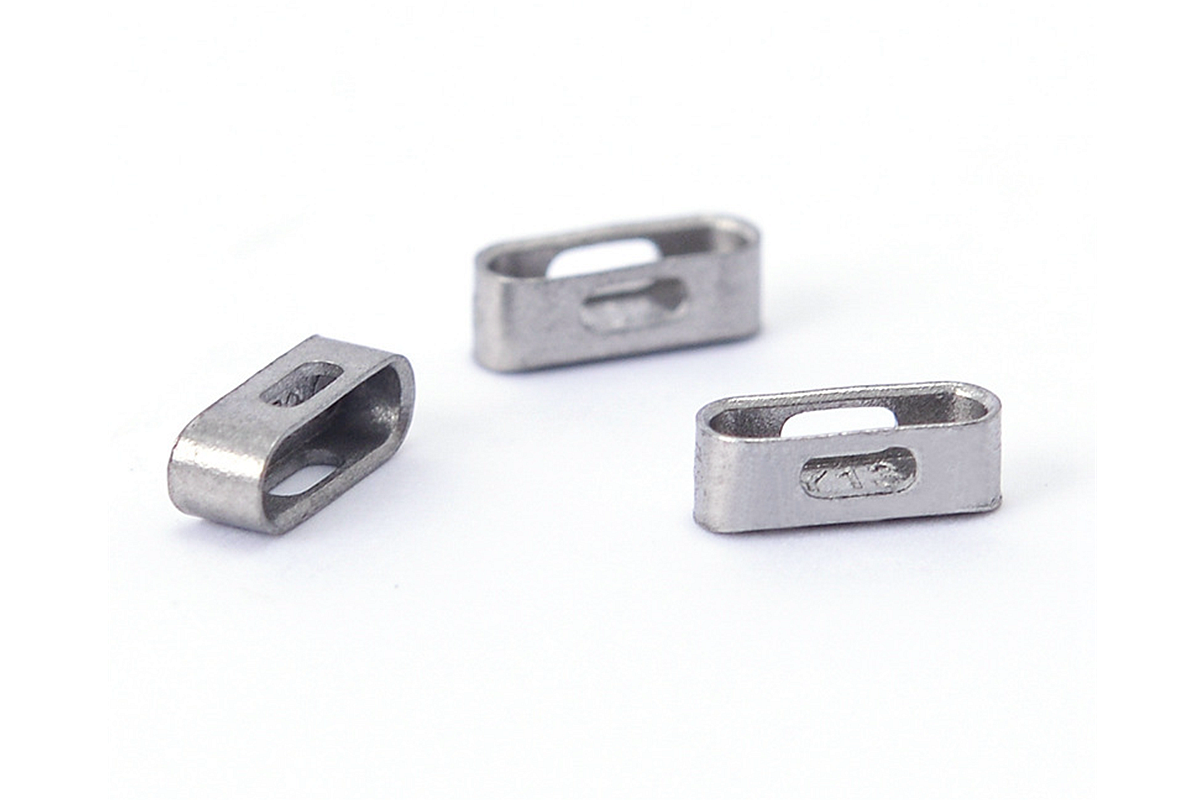
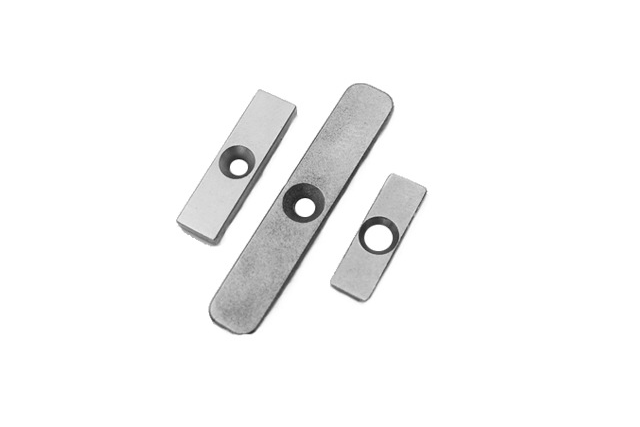
Fatigue Strength
The controlled microstructure and alloy composition of MIM-4140 contribute to its ability to resist fatigue failure, ensuring prolonged operational life even under strenuous conditions.
4140 low alloy steel MIM parts find essential applications where fatigue strength is paramount. Industries such as automotive and aerospace rely on these components for various safety-critical parts, including gears, shafts, and structural elements that must endure continuous operational stress cycles. Additionally, industrial machinery utilizes MIM-4140 for components like bearings and fasteners, ensuring they can withstand prolonged and repeated stress without failing.
Dimensional Stability
MIM-4140 low alloy steel parts exhibit excellent dimensional stability, maintaining their precise shape and size during and after the metal injection molding process. The minimal distortion, warping, or shape alterations during heat treatment and quenching make MIM-4140 an ideal choice for applications with critical tight tolerances and consistent dimensions.
Automotive and aerospace sectors utilize MIM-4140 for critical engine and transmission components, ensuring seamless fits and peak performance. Furthermore, electronics industries rely on this stability for connectors and housings, guaranteeing reliable connections and consistent performance.
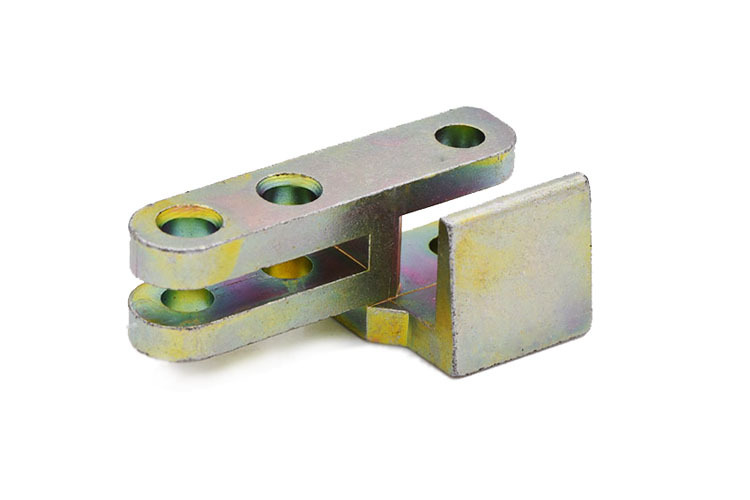
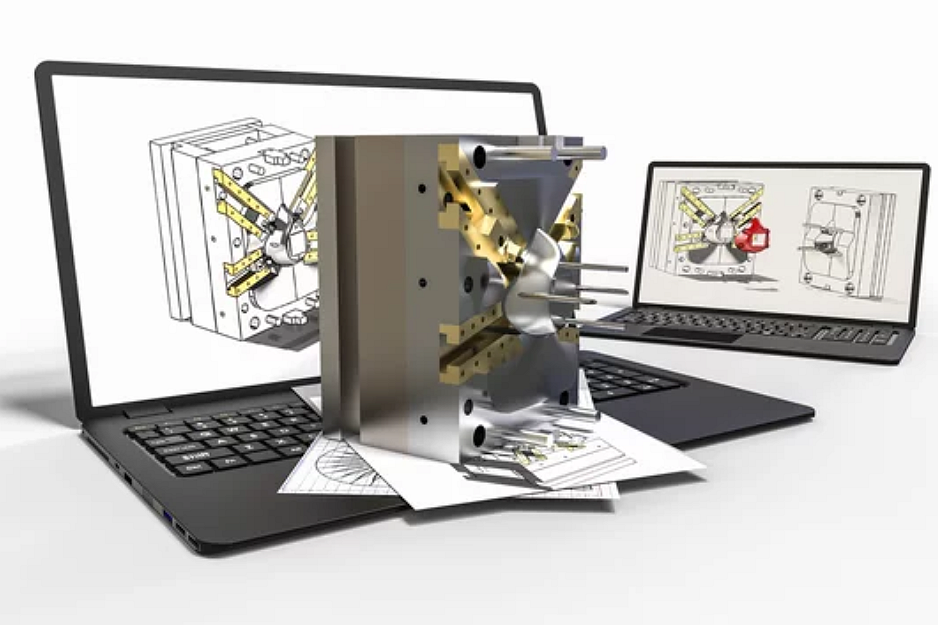
Consultative Design Services
Neway Custom Metal Injection Molding Service provides free Consultative Design Services throughout the process. It includes all processes from your design stage to mass-produced finished products.
1. Material selection Consult
2. Structural design service
3. Mold design service
Contact us now if you are interested.
评论
发表评论